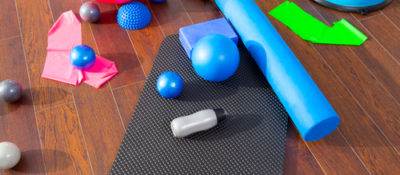Elisabeth McLatchie is a physiotherapist at Sitka Physio & Wellness who specializes in Orthopaedic Manual Therapy (including TMJD) and Running Assessments.
What is Temporamandibular Joint Dysfunction TMJD
TMJD is an acute or chronic condition affecting the temporomandibular joint (TMJ). The TMJ is located in front of the ear where your lower jaw bone connects to your temporal bone of the skull. It is located on each side of the face and together these joints act as a hinge to help open, close, and move the jaw side to side, forwards and backwards. Movements of the jaw are made easy by the presence of a cartilage disc, which is located between the lower jaw bone and the temporal bone of the skull. The cartilage disc provides lubrication to the joint to allow the two joint surfaces to rub together and also acts as protection from excessive forces of the jaw that can occur with grinding or clenching of the teeth.
What are Symptoms of Temporamandibular Joint Dysfunction TMJD
- Clicking or locking of the jaw with mouth opening
- Headache (one side or both sides of head, pain behind the eyes)
- Tenderness of the jaw muscles responsible for chewing
- Decreased ability to open the jaw with noticeable deviation of the jaw to one side
- Dizziness, neck pain, ringing of the ear
- Tingling and or numbness to one side of the face
- Vision problems
What are Causes of Temporamandibular Joint Dysfunction TMJD
- Misplacement of the cartilage disc which can result in clicking or locking of the jaw
- Muscle tension
- Oral habits (nail biting, pencil chewing, teeth grinding/clenching)
- Trauma (sports or motor vehicle accidents)
- Occupation/hobbies
- Dental work
- Stress (related to grinding/clenching of teeth)
- Degenerative joint disease
Physiotherapy treatments including manual therapy, laser, acupuncture, and specific exercise prescription can help resolve TMJD. These are sometimes used in conjunction with anti-inflammatory and analgesic medication.
Wondering if you present with possible TMJD?
Here is an easy test you can do at home:
- Place the tips of your index, third, and ring fingers vertically in your mouth between the upper and lower teeth
- If unable to place 3-4 fingers vertically between your upper and lower teeth due to pain, lack of mouth opening, or clicking/grinding with this test, you may be experiencing TMJD
If you think you are experiencing TMJD, contact a Physiotherapist today to schedule a detailed assessment and begin a specific treatment regimen.



